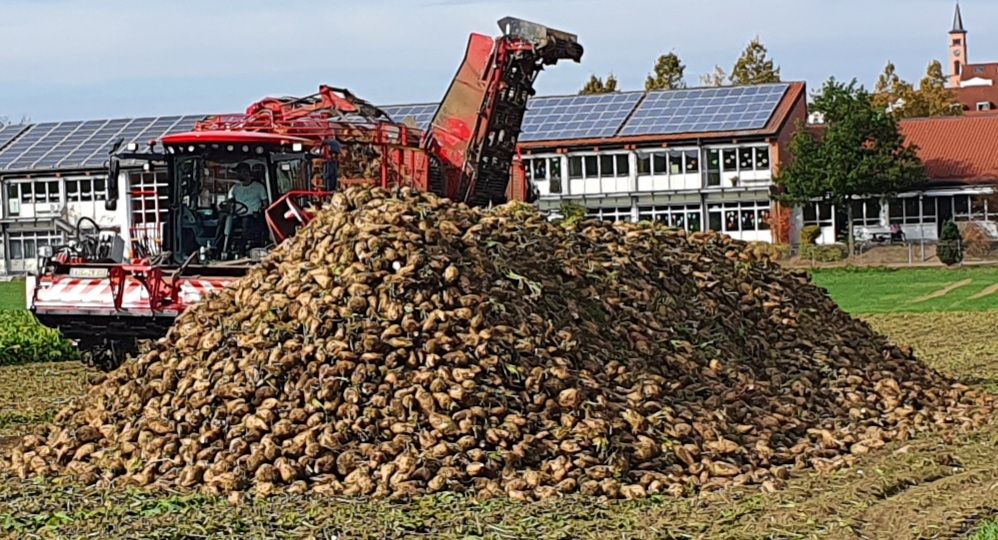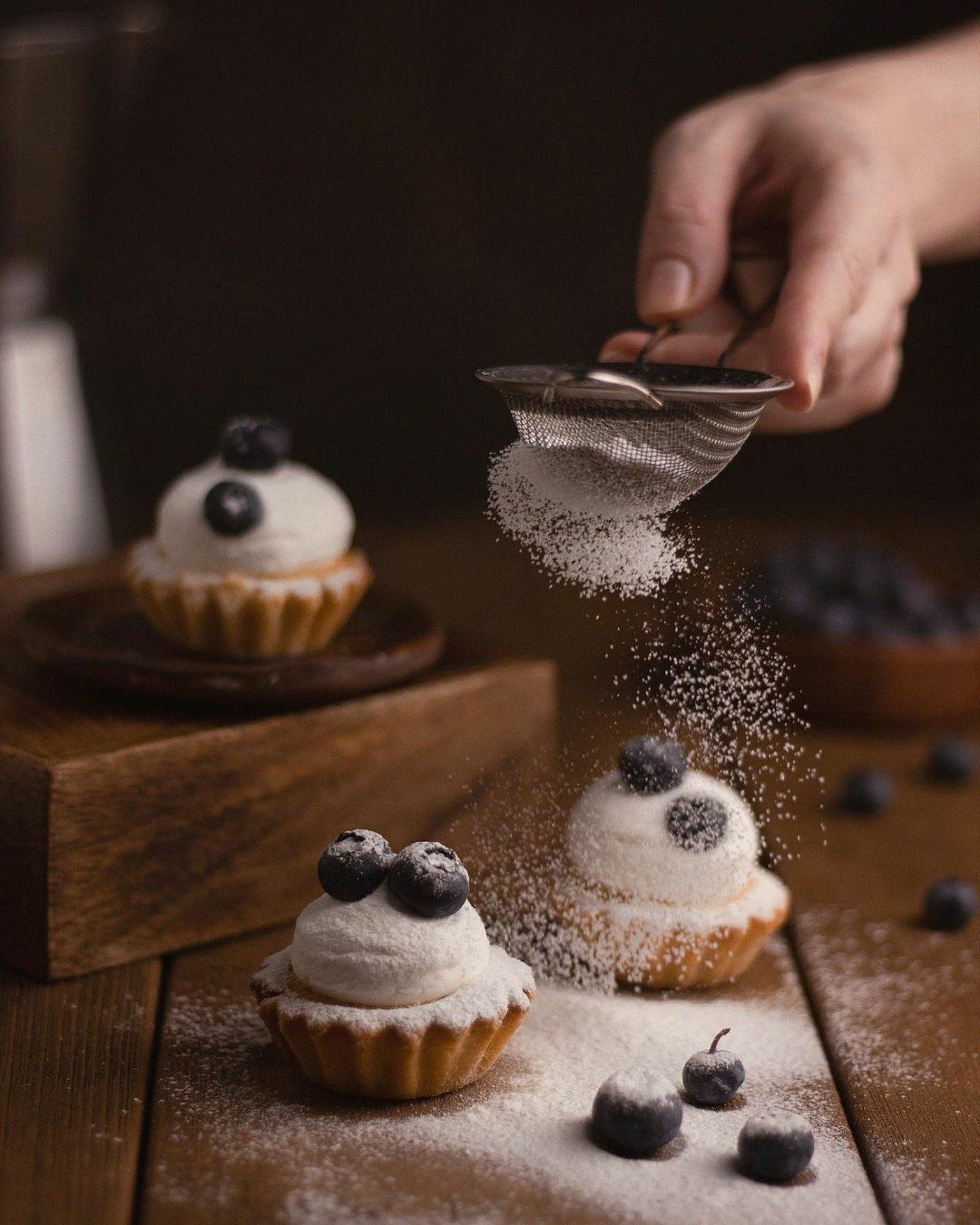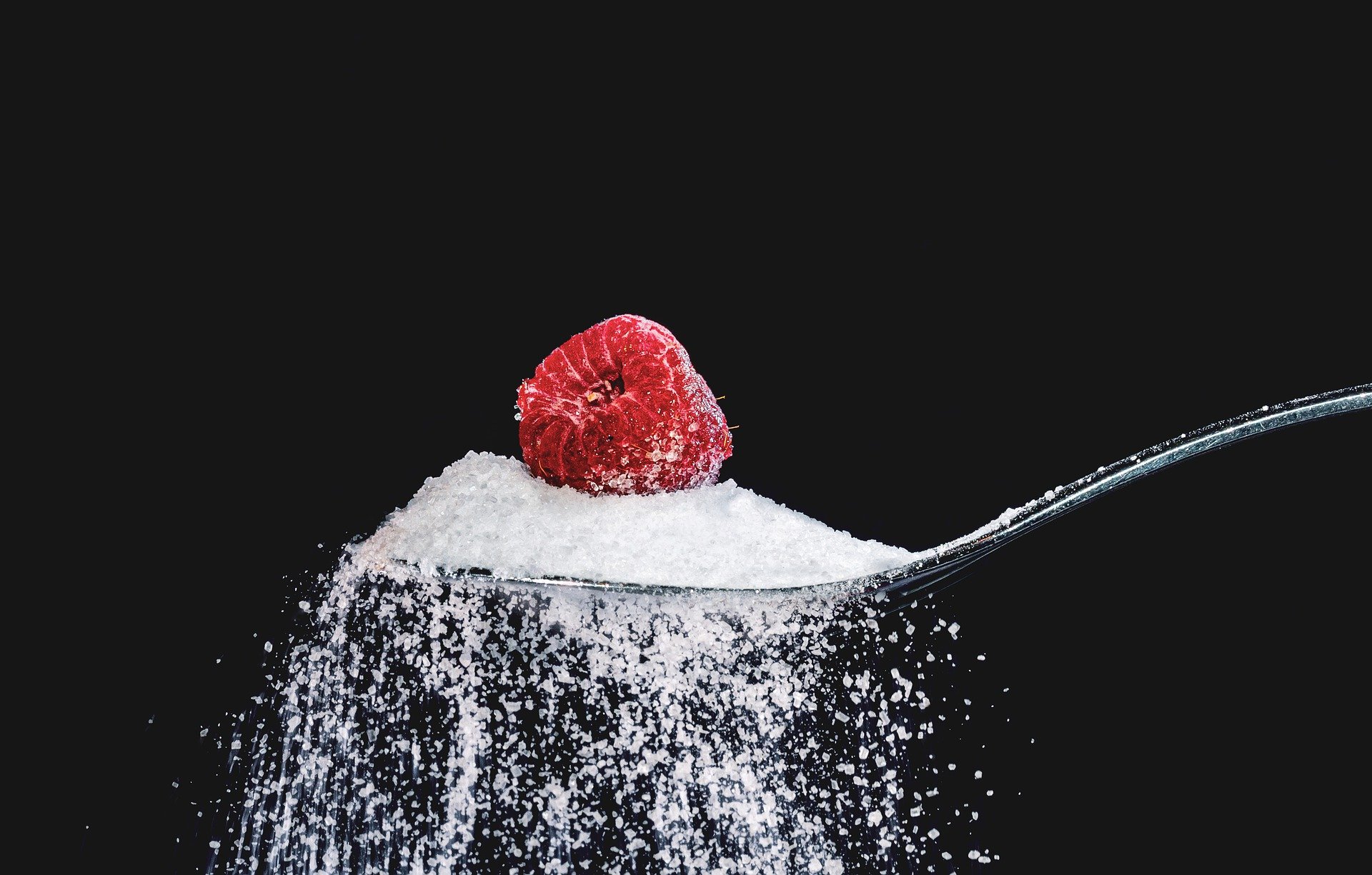A sugar spoon here, sugar toping there, ice cream, Sunday cake, jam for breakfast….
It is a completely natural ingredient and plays a vital role in foods, drinks, pharma, feed, biofuel.
Did you know that
- More than 100 countries produce sugar from either cane (provides 80% of global sugar production) or sugar beet.
- 7 kg sugar beet (18%-20% saccharose) is needed to produce 1kg sugar. In comparison sugar cane contains (10-20% saccharose).
- Sugar is used as a coating for pills – each bitter medicine can be sweet
- In chopped form, sugar cane is an important animal feed for ruminants such as sheep, goats and cattle.
- Chewing a sugary plant has tooth-care effects (It seems paradoxical) - this is probably due to the "brushing function" of the rough parts of the plant.
- Sugar cane fibres (leaves) are used as an alternative to wood fibres to produce paper or moulded fibre parts (like egg cartons). Customers are also chipboard factories that produce fibreboard, which is used in the furniture industry.
From raw material to table sugar is a long way.

Simplifying the process for refined sugar we can mention for both sugar cane and sugar beet following steps:
- Washing and Shredding of the raw material
- Crushing and extracting the juice
- Purifying
- Heating - result is a concentrated syrup
- Crystallization - a centrifuge separates formed crystals and dark syrup
- Drying - The sugar crystals at this stage or typically not food grade. It follows to refinery.
- Refining (raw sugar is mixed with hot sirup) = coating
Decolorization (centrifuge removes 50% of the colour) - The brown sugar is a pre-stage of the final white sugar.
- Further clarification
- Evaporation
- Finally, the liquid is crystallized & dried.

And powdered sugar?
Powdered sugar is obtained by grinding refined white sugar. It is ground so finely that it has the consistency of dust or powder and therefore dissolves quickly, which is beneficial when preparing creams, cakes and masses.
Due to the variety of sugars and sweeteners, there are different processing methods.
The demands placed on grinding technology range from high yields in the case of sugar, to a uniform particle size in the case of sugar mixtures, to sugar conditioning in the case of storage-stable icing sugar.
Furthermore, sugars with a particle size < 200 µm are at high risk of explosion, which is why machines and equipment must be designed in accordance with international directives and standards.
The explosiveness, the colour of the material, the size of the target particles, the contamination with other products determine the choice of milling partner. This process requires a high degree of specialisation.
👉 If you want to know more details about sugar milling, the technology choice or free processing capacities, please write us. We will be happy to answer your questions.
Book directly a FREE strategy meeting to discuss your individual project.

